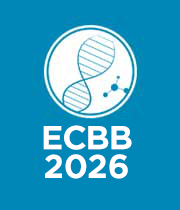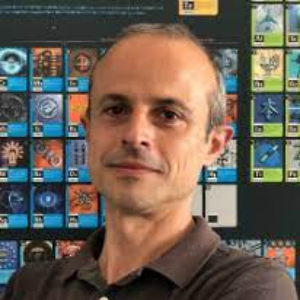Title: Additive manufacturing of microbial polyesters for bone tissue engineering
Abstract:
Polyhydroxyalkanoates (PHA)s are a class of aliphatic polyesters synthesized by various bacteria, with well-assessed biodegradability and biocompatibility. Their potential for large-scale sustainable production through microbial fermentation, together with superior processing versatility and mechanical properties in comparison with other natural macromolecules, make PHAs unique polymer candidates for advanced research and development approaches. One of the key aspects of the ongoing fourth industrial revolution is the implementation of the aforementioned advantages of this class of materials. In particular, the integration of biopolymers and additive manufacturing (AM), also referred to as 3D-Printing, is leading to the next generation of commodity materials complying with the concept of sustainable development, as well as to biomedical devices for advanced applications [1]. This lecture is aimed at presenting some recent research activities carried out in this context for the optimization of PHA-based scaffolds by AM for bone tissue engineering.
The investigation of two different PHAs, i.e., poly(3-hydroxybutyrate-co-3-hydroxyexanoate) (PHBHHx) and poly(3-hydroxybutyrate-co-3-hydroxyvalerate) (PHBV) as scaffolding materials for bone regeneration will be presented. In particular, their processing by computer-aided wet-spinning (CAWS), an AM approach based on the extrusion of a polymeric solution/suspension directly into a coagulation bath, will be described as an effective approach to the fabrication of scaffolds with predefined external shape and hierarchical porous architecture [2, 3]. Indeed, CAWS is well-suited to endow PHA scaffolds with a microporosity integrated with a predefined macroporous network, by acting on phase inversion parameters governing polymer solidification. Blending PHAs with other aliphatic polyesters, e.g., poly(ε-caprolactone) (PCL) and poly(lactic-co-glycolic acid) (PLGA), as well as with osteoinductive ceramics (e.g., hydroxyapatite and β-tricalcium phosphate) is another effective strategies investigated to develop additive manufactured scaffolds tailored to bone tissue engineering. In this way, it is possible to tune scaffold’s processing, physico-chemical, mechanical and bioactive properties by engineering material’s composition. The employment of optimized PHA-based scaffold prototypes to support in vitro proliferation and differentiation of MC3T3-E1 murine preosteoblast cells will be finally described.



